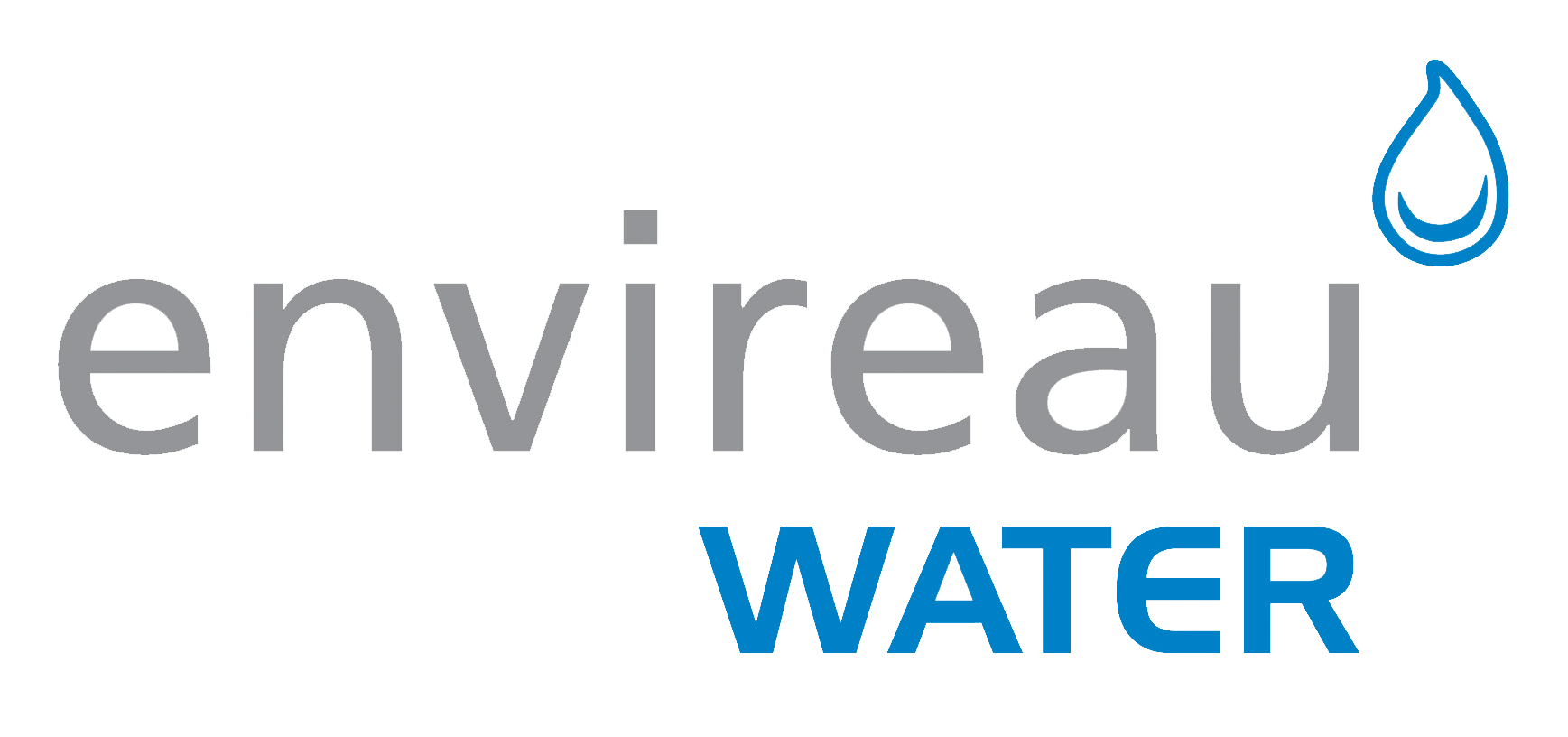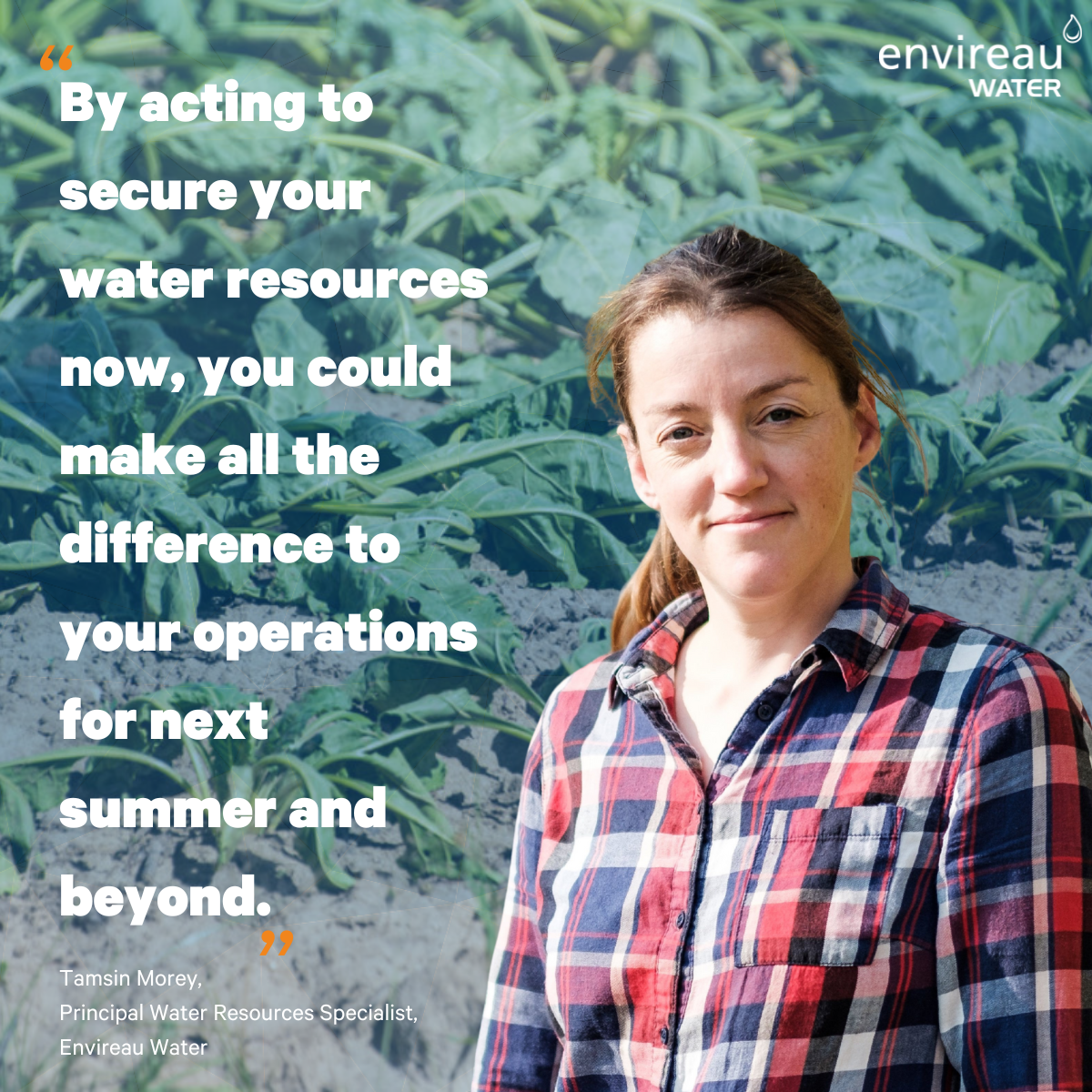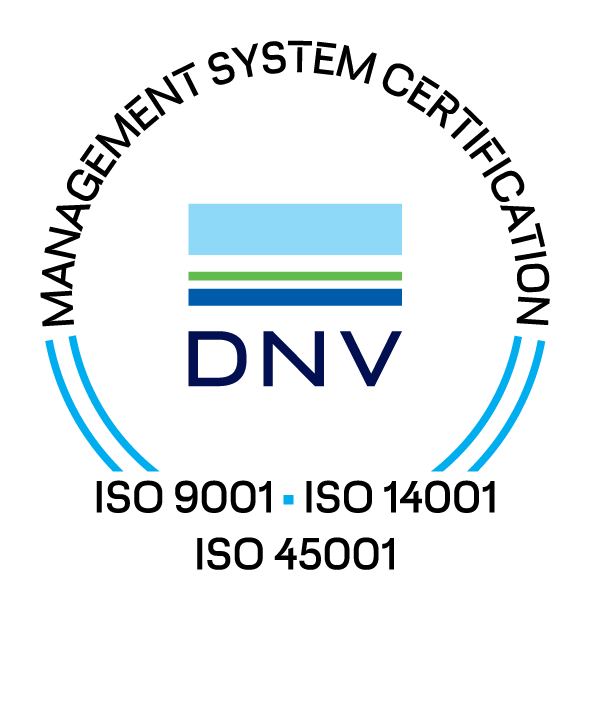How to Manage Drought

It’s reared its ugly head again. The word DROUGHT has come back into our lexicon. After the wettest end to 2019 and start of 2020, we have now had essentially no rain for two months, other than in the north-west of Scotland.
The combination of very wet and very dry bring some important water management issues into focus. The first, in our view at least, is the importance of groundwater and aquifers in sustaining river flows. The figure below, taken from the Environment Agency’s April Monthly Situation Report for England illustrates how in northwest England river flows have fallen away to ‘Exceptionally Low’ levels, in the Midlands and south-east England flows have remained close to ‘Normal’. This does not mean that flows haven’t decreased, but that they are what would be expected in April. This is entirely due to the flows in the south-east being supported by groundwater flow, while in the north-west the underlying rocks are not good aquifers.
Aquifers store water and act as a large bucket (a very large bucket). The heavy rainfall at the end of last year and the beginning of this filled that bucket, replenishing most aquifers that had shown stress from pervious dry winters. However, the water in the aquifer is not static, it is always moving toward its exit points and in this case, rivers. It that way, the aquifer can be thought of as a leaky bucket. The rainfall, if heavy enough, fills the bucket faster than it leaks out, and when the rain stops the aquifer continues to feed the rivers.
The ability of an aquifer to store and slowly release water is important in terms of managing water supply during a ‘drought’. In many (but not all) situations, the abstraction of the stored water in the aquifer has far less impact on the river flow than direct abstraction from the river. The effects of abstracting from the stored water are buffered in terms of timing (it can take months before any effect is seen) and magnitude (the impact is less than a direct abstraction). The exploitation of these effects is utilised in what are called ‘conjunctive use schemes’ where abstraction from the river is swapped to groundwater when river flows are low, and back again when river flows increase. Swapping back is the important bit, as this allows the aquifer system to recover.
Experience from recent water resources and agricultural droughts in the UK indicates that the weather-dependent abstractors (typically irrigated agriculture) are sensitive to a relatively short period of abstraction outside permitted volumes or times. Maximising groundwater use by flexing abstraction licence conditions can greatly improve food supply, while minimising or having effectively no environmental impact, as long as the aquifer is allowed to recover during periods of recharge.
The new Water Resources Portal published by the UK Centre for Ecology and Hydrology (CEH) is a fantastic resource for abstractors and their advisors to understand the state of both groundwater and river systems. The portal brings together data sets which were, until recently, spread across the different locations. The ability to view rainfall at grid, catchment and river basin scales, together with quick access to the National River Flow Archive flow gauging data, COSMOS soil moisture data and groundwater level data means that a complete water resources status can be seen. While not at a site level, for those sites where there is no or little information available, extrapolations can be made from the catchment or river basin scale, taking account of local geology and hydrology.
The data presented needs interpretation, and it must be integrated with Environment Agency policy if it is to be used for decision making. This is where Envireau Water can help. With decades of experience in managing water resources, overcoming problems in both periods of minimal and excess water, and negotiating abstraction solutions with the regulators, Envireau Water can use the portal data in the right way, and at the right time, to help you through your challenges.







